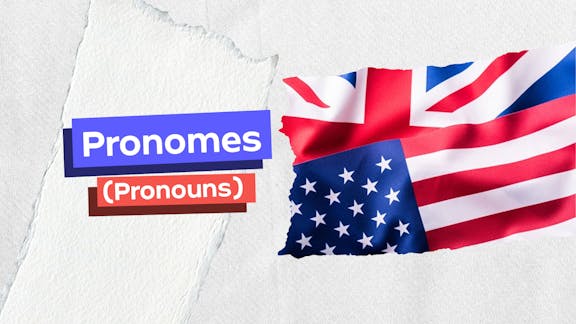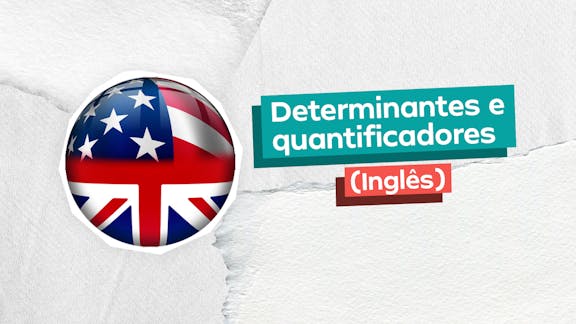Choose the best answer, according to the text. Refer to the words in bold when necessary:
Re-Planting a Forest, One Drone at a Time
That funny little buzz you hear in the forest may not just be the hum of summer insects. In the near future it could be a small
fleet of drones, coming to replant and restore forests that have been stripped of trees by industrial-scale deforestation.
It’s all part of an ambitious plan by BioCarbon Engineering, a U.K.-based startup on a global mission to battle widespread clear-cutting, which strips more than 26 billion trees off the planet each year. CEO Lauren Fletcher, who spent 20 years as an engineer
with NASA, says the only way to fight industrial-scale deforestation is with industrial-scale reforestation. Their idea: plant 1 billion
trees a year. The first targets are in South Africa and the Amazonian jungles, both of which have suffered from widespread forest
eradication.
BioCarbon’s reforestation scheme is simple and efficient. Here’s a quick look at how it plans to deploy its drone fleet:
1 Do a 3-D aerial survey. First, drones are sent to fly over a potential planting zone, snapping photos that create 3-D maps of the
area to be reforested. The number of drones will vary depending up on the size of the seeding.
2 Create a seeding plan. Once all that terrain data has been analyzed, it then generates a seeding pattern that best suits the terrain.
3 Load the seed pods. The drones, which are equipped with guidance and control software, carry pressurized canisters of seed pods
with germinated seeds immersed in a nutrient-rich gel.
4 Hover and plant. Flying at a height of 1 or 2 meters, the drones follow the planting patterns, firing the biodegradable seed pods
down to the ground. The pods break open upon impact, allowing the germinated seed a chance to take root.
5 Monitor growth. After planting, the drones do low-level flights to assess the health of the sprouts and saplings.
Such “precision forestry,” as BioCarbon calls it, is extremely efficient. A farmer might hand plant as many as 3,000 seeds a day;
Fletcher says his drones can drop up to 36,000 seed pods daily, often in areas where a human can’t reach. Working with local
ecologists, BioCarbon will use the drones to spread a variety of tree species, as well as microorganisms and fungi designed to
improve the soil quality. “The central focus is ecosystem restoration,” Fletcher says.
On a planetary climatological scale, Morton notes that “tropical deforestation plays a big role in global climate cycles,” claiming the
accelerated pace of cutting and burning of forests accounted for 20 percent of greenhouse gas emissions in the 1990s.
Fletcher and his team want to help reverse that trend. “By planting at the scale we’re looking at,” he says, “we can make a real longterm impact. We hope to do a lot of good in the world.”
(Adapted from https://www.wired.com/brandlab/2015/07/re-planting-forest-one-drone-time/. Access on 22/8/2017)
Re-Planting a Forest, One Drone at a Time
That funny little buzz you hear in the forest may not just be the hum of summer insects. In the near future it could be a small fleet of drones, coming to replant and restore forests that have been stripped of trees by industrial-scale deforestation. It’s all part of an ambitious plan by BioCarbon Engineering, a U.K.-based startup on a global mission to battle widespread clear-cutting, which strips more than 26 billion trees off the planet each year. CEO Lauren Fletcher, who spent 20 years as an engineer with NASA, says the only way to fight industrial-scale deforestation is with industrial-scale reforestation. Their idea: plant 1 billion trees a year. The first targets are in South Africa and the Amazonian jungles, both of which have suffered from widespread forest eradication.
BioCarbon’s reforestation scheme is simple and efficient. Here’s a quick look at how it plans to deploy its drone fleet:
1 Do a 3-D aerial survey. First, drones are sent to fly over a potential planting zone, snapping photos that create 3-D maps of the area to be reforested. The number of drones will vary depending up on the size of the seeding.
2 Create a seeding plan. Once all that terrain data has been analyzed, it then generates a seeding pattern that best suits the terrain.
3 Load the seed pods. The drones, which are equipped with guidance and control software, carry pressurized canisters of seed pods with germinated seeds immersed in a nutrient-rich gel.
4 Hover and plant. Flying at a height of 1 or 2 meters, the drones follow the planting patterns, firing the biodegradable seed pods down to the ground. The pods break open upon impact, allowing the germinated seed a chance to take root.
5 Monitor growth. After planting, the drones do low-level flights to assess the health of the sprouts and saplings.
Such “precision forestry,” as BioCarbon calls it, is extremely efficient. A farmer might hand plant as many as 3,000 seeds a day; Fletcher says his drones can drop up to 36,000 seed pods daily, often in areas where a human can’t reach. Working with local ecologists, BioCarbon will use the drones to spread a variety of tree species, as well as microorganisms and fungi designed to improve the soil quality. “The central focus is ecosystem restoration,” Fletcher says.
On a planetary climatological scale, Morton notes that “tropical deforestation plays a big role in global climate cycles,” claiming the accelerated pace of cutting and burning of forests accounted for 20 percent of greenhouse gas emissions in the 1990s. Fletcher and his team want to help reverse that trend. “By planting at the scale we’re looking at,” he says, “we can make a real longterm impact. We hope to do a lot of good in the world.”
(Adapted from https://www.wired.com/brandlab/2015/07/re-planting-forest-one-drone-time/. Access on 22/8/2017)
Gabarito comentado
Resposta correta: D
Tema central: interpretação de pronomes relativos e compreensão de sentido no texto. Para resolver, é preciso identificar a que elemento do trecho o pronome which se refere e reconhecer pistas de pontuação e concordância.
Resumo teórico (sintético):
- Pronomes relativos (which, who, that) conectam uma oração subordinada a um substantivo antecedente. Quando a oração vem entre vírgulas, trata‑se geralmente de uma non‑defining relative clause (informação adicional) — Grammar: Cambridge/Practical English Usage.
- Modal verbs (may, could) exprimem possibilidade/probabilidade, não necessariamente insegurança absoluta — Cambridge Dictionary sobre modals.
Por que a alternativa D está correta:
No trecho original o pronome which inicia a oração “which strips more than 26 billion trees…”. A vírgula antes de “which” indica que a cláusula refere‑se ao substantivo imediatamente anterior: clear‑cutting. Logo, which retoma e qualifica “widespread clear‑cutting”, confirmando a alternativa D.
Análise das demais alternativas:
A (incorreta): “may” e “could” exprimem possibility. Dizer que “são usados para indicar incerteza” é impreciso: eles sugerem possibilidade/probabilidade, não necessariamente dúvida epistemológica absoluta. A alternativa generaliza e perde a nuance.
B (incorreta): O texto afirma que Lauren Fletcher “spent 20 years as an engineer with NASA” (passado). Isso indica experiência prévia, não emprego atual.
C (incorreta): A palavra “widespread” qualifica “clear‑cutting” (widespread clear‑cutting). Não é adjetivo de “battle”. Ordem e função sintática mostram que modifica “clear‑cutting”.
E (incorreta): O texto diz que o corte e queima acelerado “accounted for 20 percent … in the 1990s” — tempo passado específico. A alternativa afirma “nowadays”, mudando o sentido temporal e tornando‑a errada.
Dicas de prova (estratégias):
- Procure o antecedente imediato do pronome relativo e verifique pontuação (vírgula = informação adicional). - Distinga “possibility” (may/could) de “certainty” — cuidado com enunciados que pedem precisão semântica. - Verifique tempos verbais para checar afirmações sobre o presente/passado.
Fontes úteis: Cambridge Dictionary (modals), Michael Swan, Practical English Usage (relative clauses).
Gostou do comentário? Deixe sua avaliação aqui embaixo!






